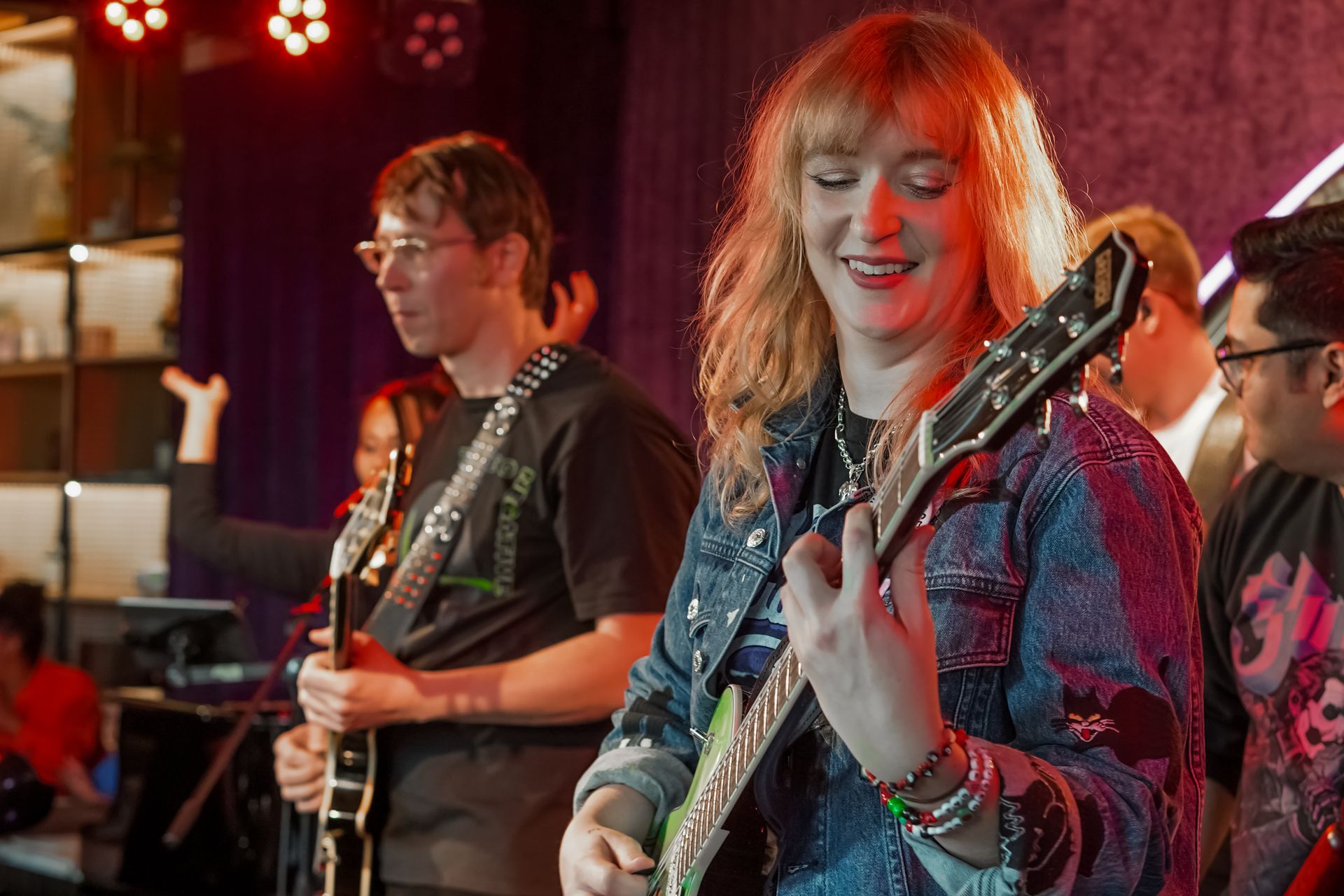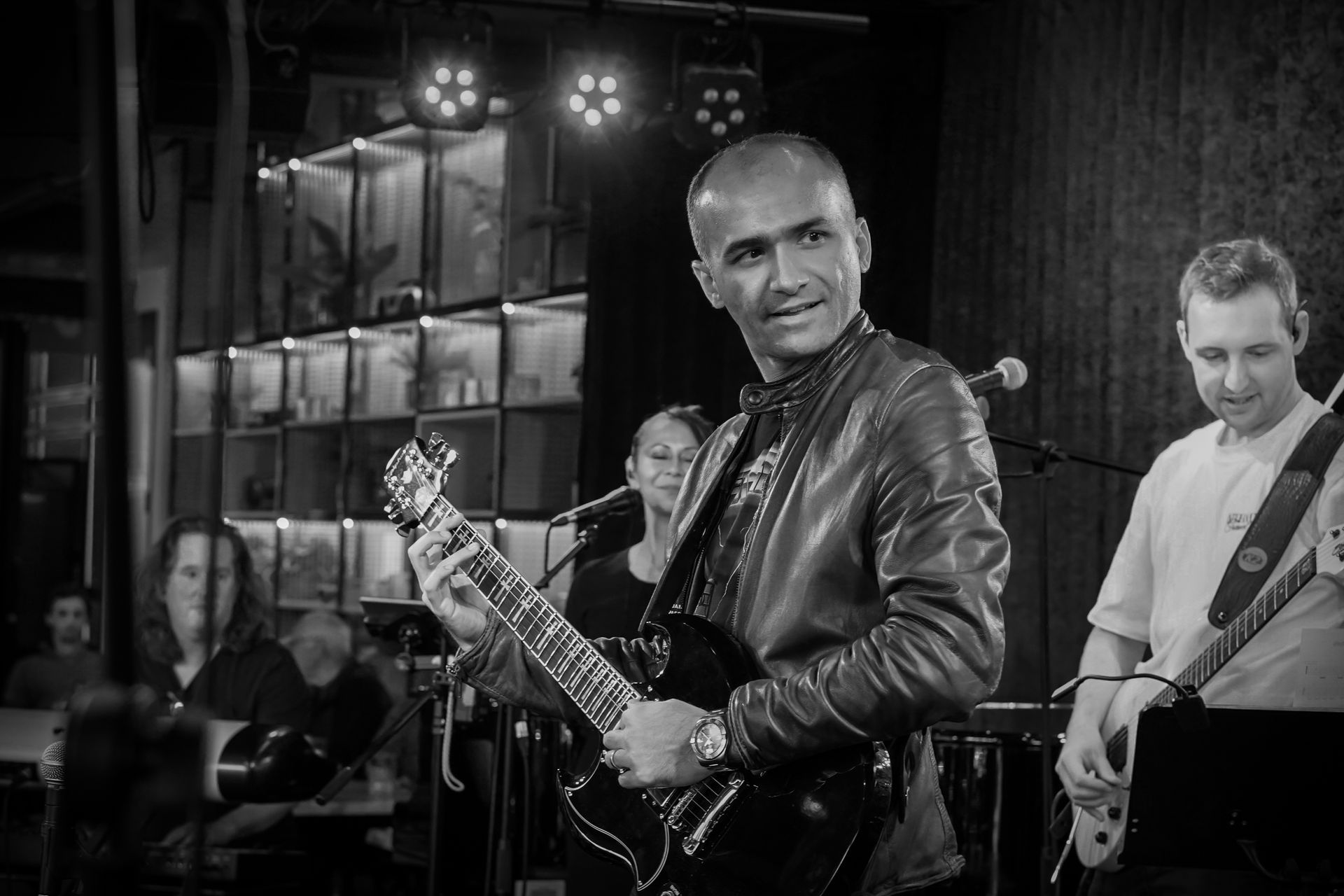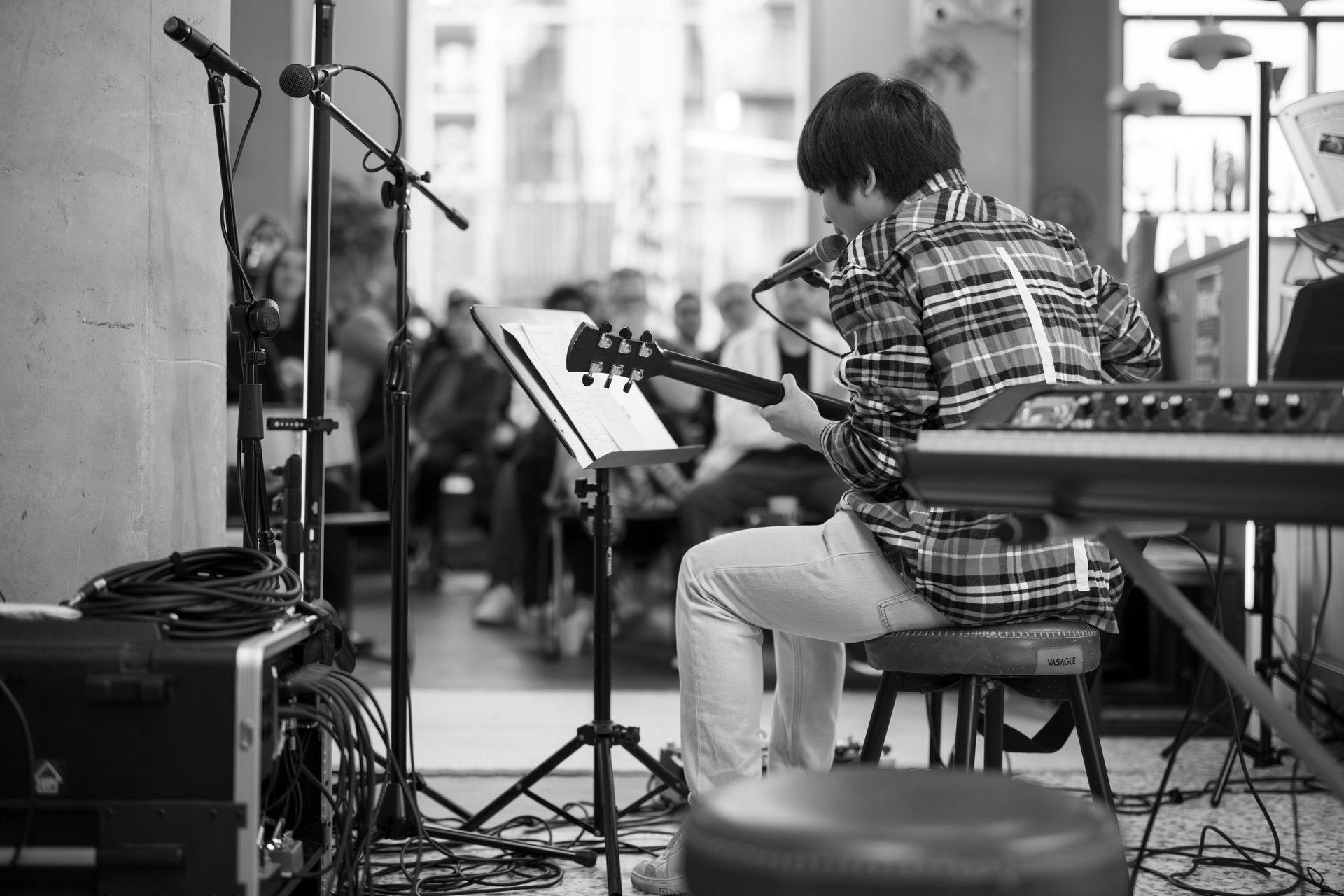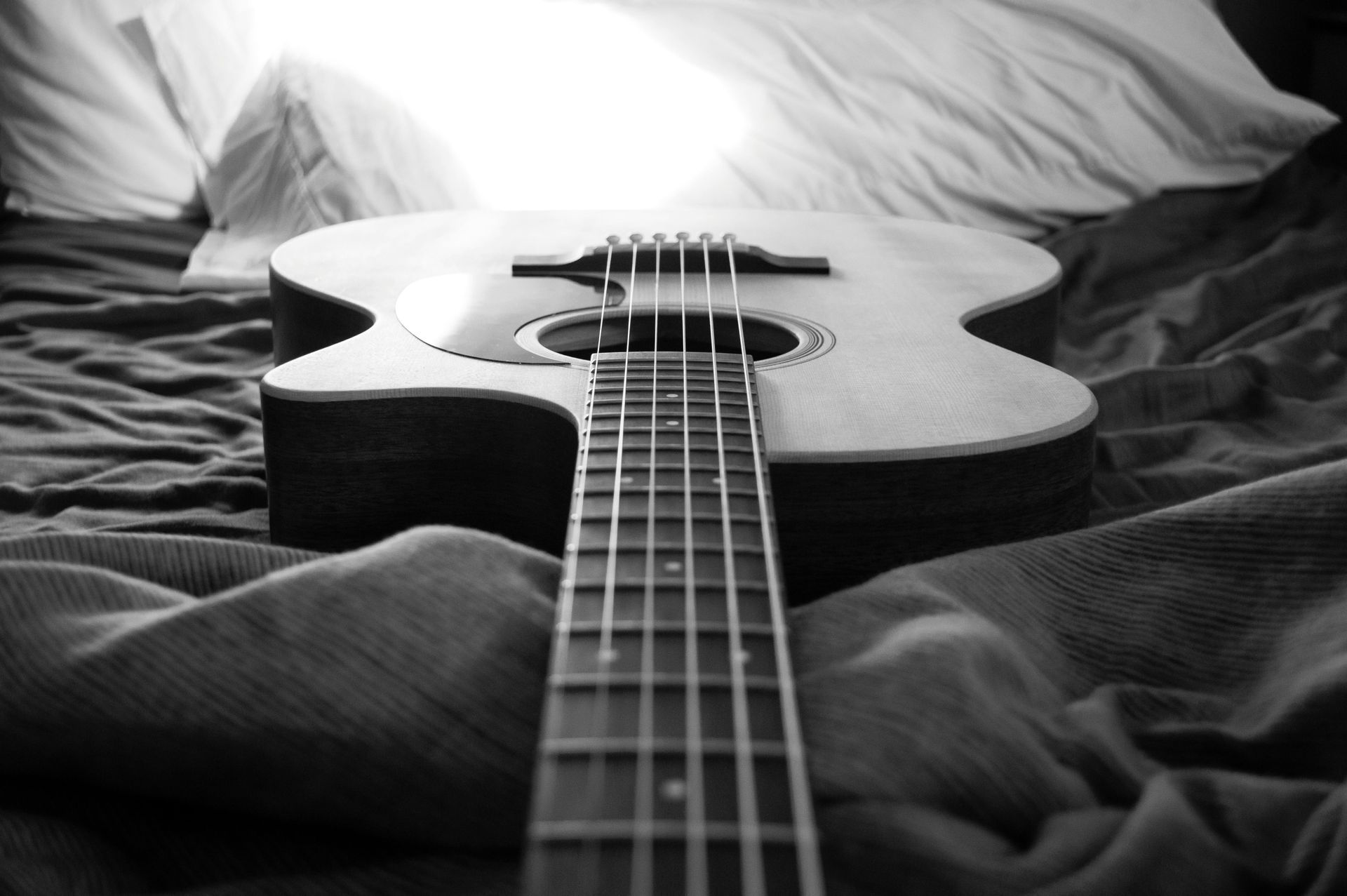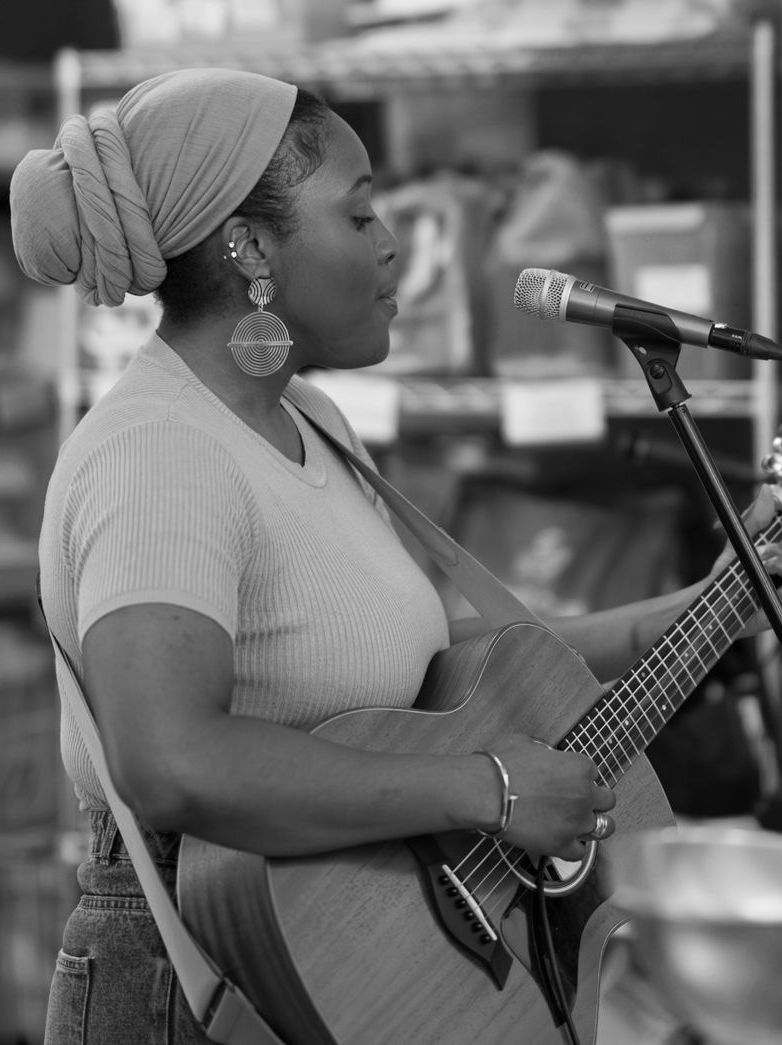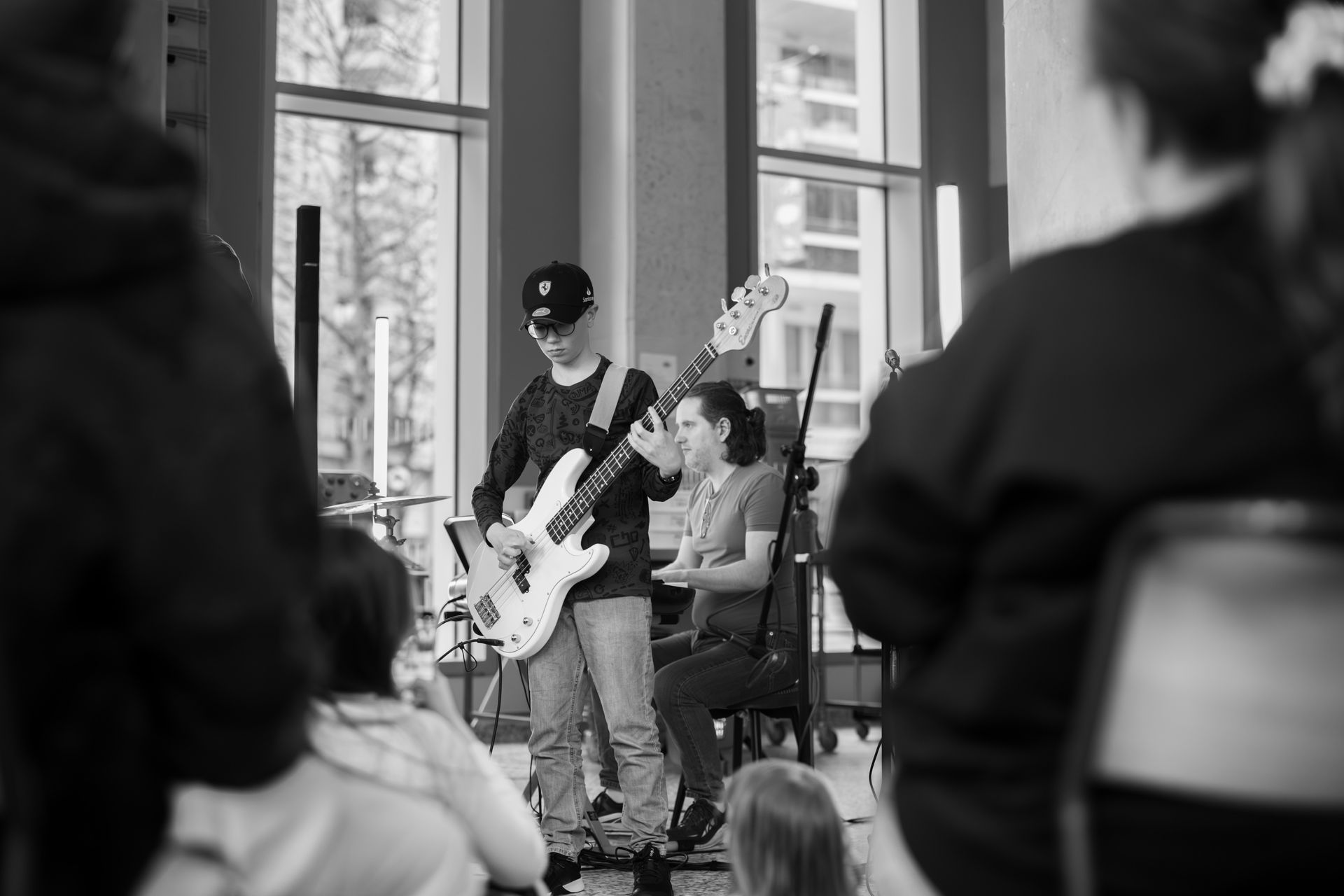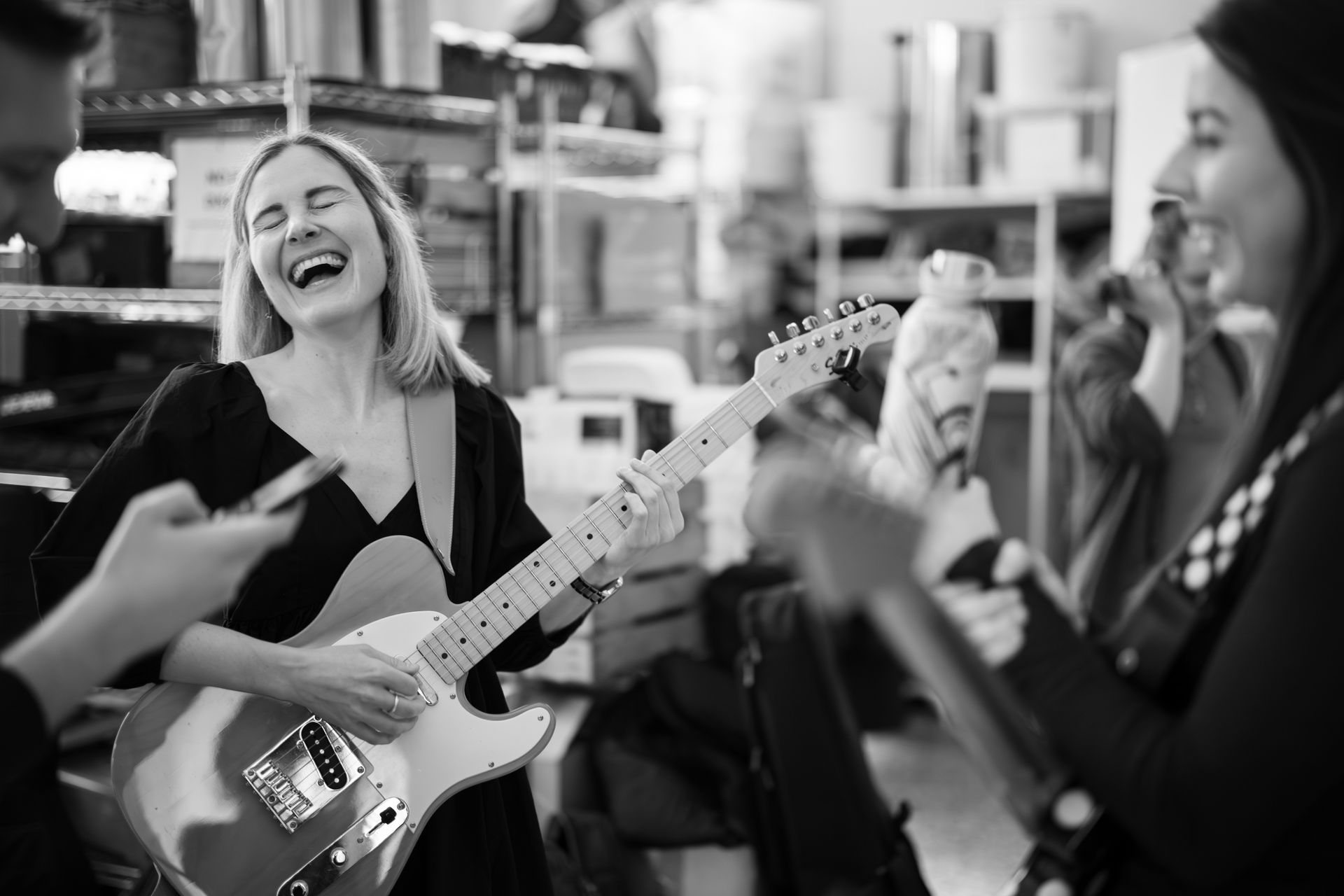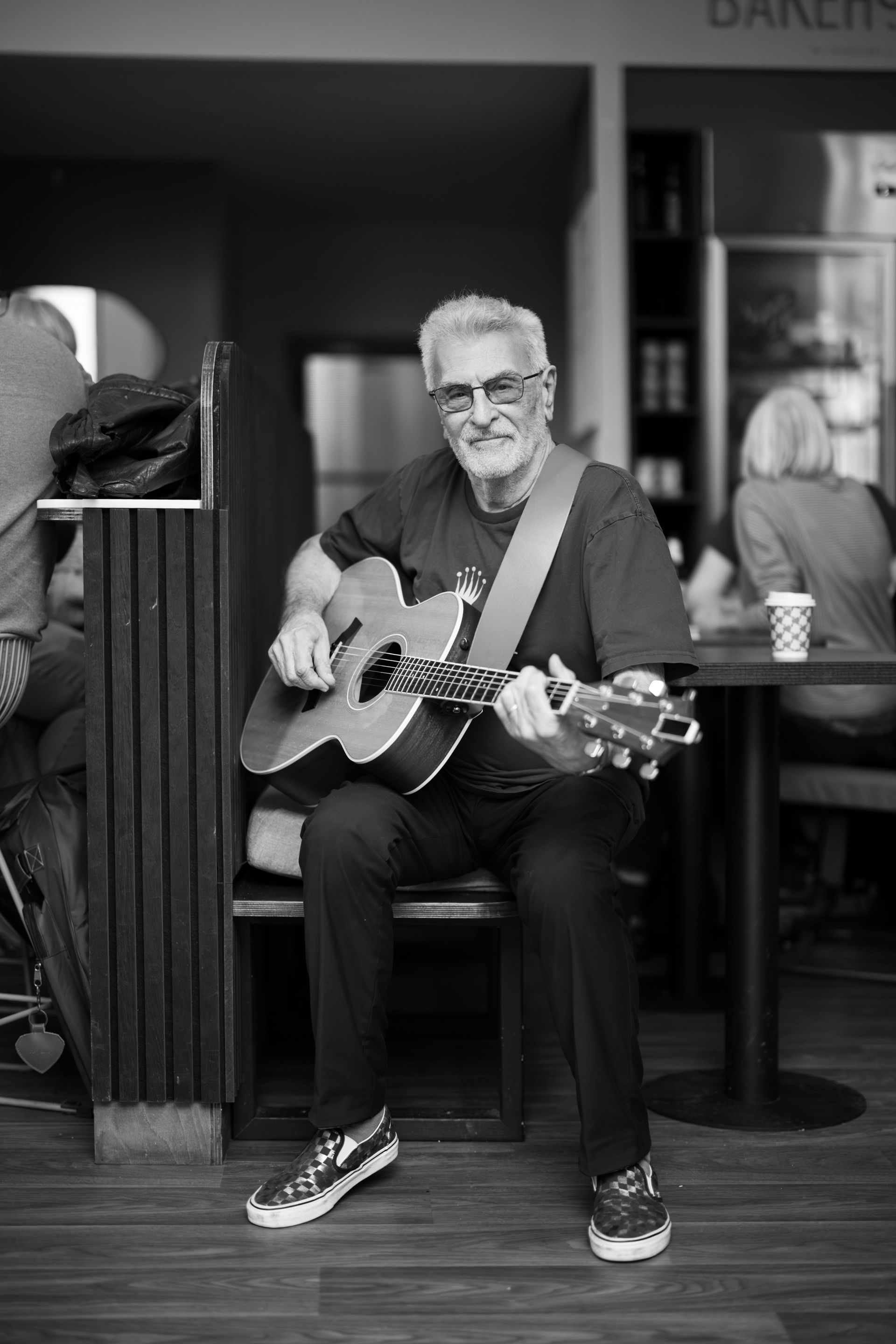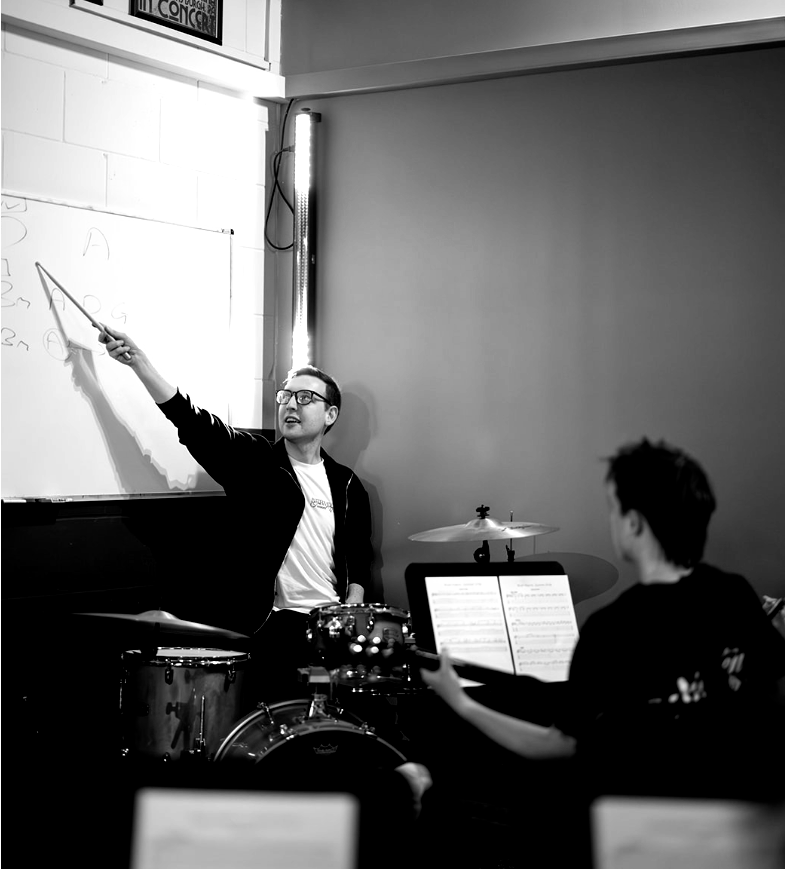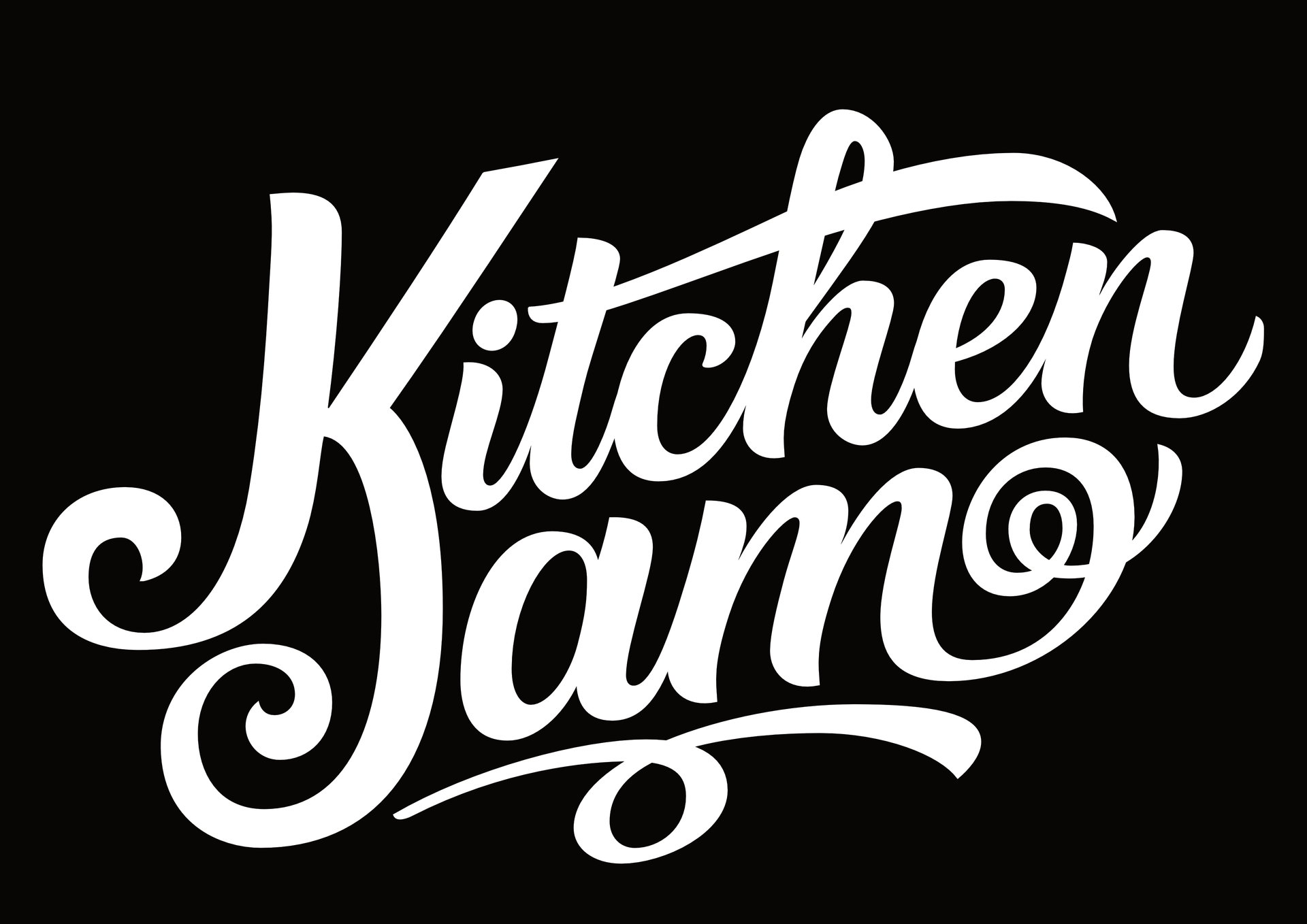Building your first pedalboard: what you actually need (and what can wait).
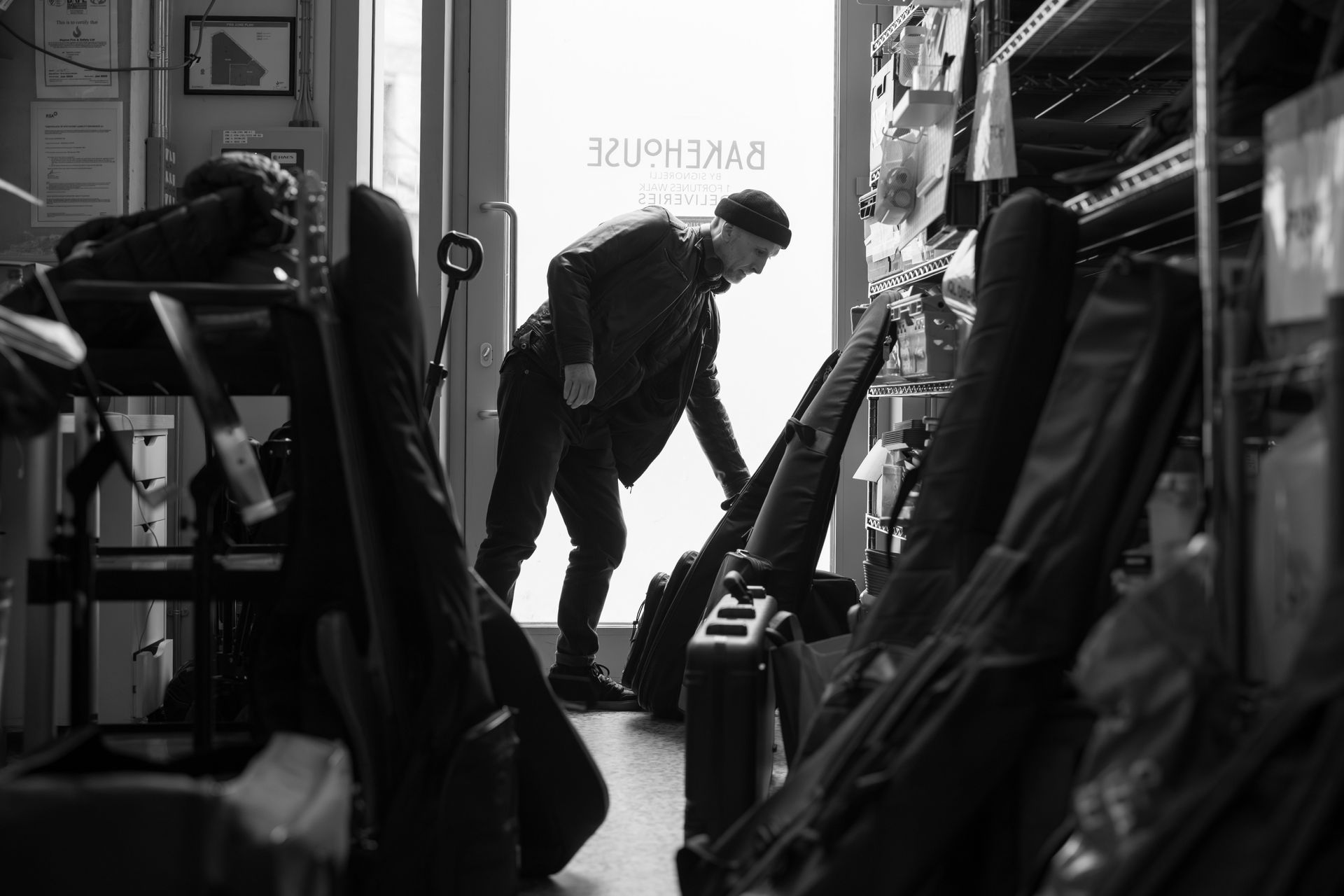
So, you've been rocking out in your bedroom, your amp is dialed in, and you're ready to dive into the glorious, confusing, and wallet-draining world of guitar pedals. You've scrolled through Instagram, seeing pro players with boards the size of a coffee table, and you’re thinking, "Do I really need a dual-channel harmonizer with a tap tempo and a built-in looper? And what even is a Klon?"
Relax. That's the rabbit hole. We're here to talk about the essentials—the stuff that will instantly level up your sound without turning your bank account into a ghost town. This is your survival guide to building your first pedalboard.
The Essential Trio
If you’re starting from scratch, there are three pedals you should put on your must-have list. These are the foundations of almost every great guitar tone, and they’ll give you the most bang for your buck.
- A Tuner Pedal: It's not glamorous, but it's the most important. A good tuner pedal ensures you’re always in tune, which is crucial for sounding good, period. Plus, most have a "mute" function, letting you tune silently between songs without that awkward, screeching sound. Don't rely on a clip-on forever; a pedal is the professional move.
- A Drive Pedal: This is where the fun begins. Whether you're after a light boost, a gritty overdrive, or a full-on fuzzed-out apocalypse, a drive pedal gives your clean tone some much-needed attitude. There are a million options, from the classic Ibanez Tube Screamer to a crunchy Boss DS-1. Choose one that fits your genre. Playing blues? A warm overdrive is your friend. Punk? A nasty distortion will be your best friend.
- A Time-Based Effect: This is the secret sauce that adds depth and dimension. We're talking about either delay or reverb. A delay pedal repeats your notes, creating ambient soundscapes or rhythmic echoes. A reverb pedal simulates the sound of a room or hall, making your tone feel bigger and more spacious. For a first board, a simple, versatile one of these is perfect. You'll be amazed at how much more professional your sound becomes with just a touch of space.
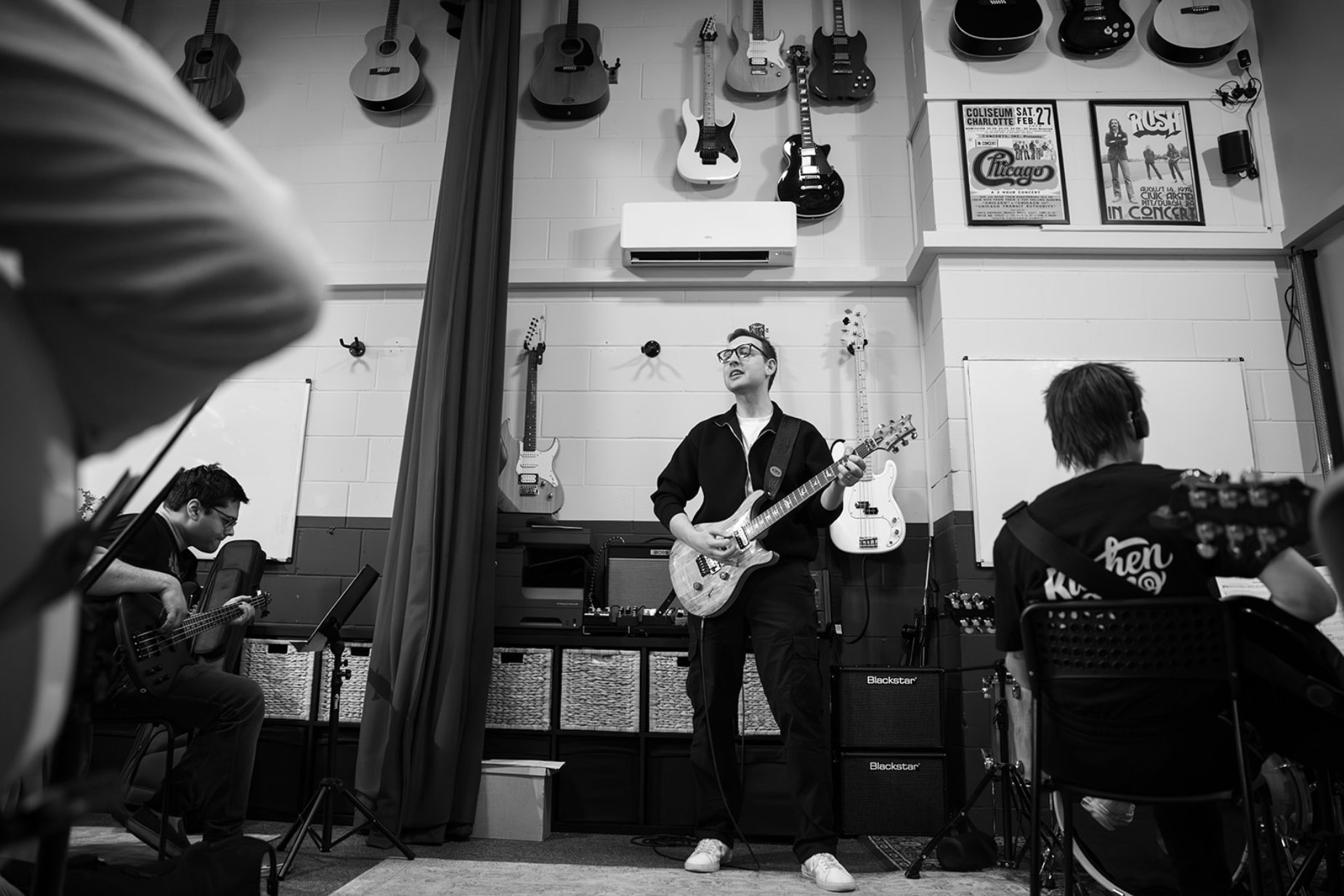
What Can Wait (The "Nice-to-Haves")
Once you've got your core three pedals, you can totally start playing. The temptation to buy more will be strong, but resist it. Here’s a quick list of what can wait until you've mastered the basics.
- Compression: A compressor evens out your notes, making your playing sound more consistent and professional. It’s a great tool but also a subtle one, and for a beginner, it can be hard to hear what it’s even doing.
- Modulation Effects: These are the swirly, watery sounds—chorus, flanger, and tremolo. They’re great for adding flavor but aren't essential for building a core tone.
- Wah Pedal: The classic "wacka-wacka" sound is iconic, but a wah is a very specific tool. Get your fundamentals dialed in before trying to do your best Jimi Hendrix impersonation.
- Looper Pedal: A looper records and plays back a phrase so you can jam over yourself. It's an incredible practice tool but isn't a core part of your tone.
A Few Final Words of Wisdom
- Don't forget the power supply! Pedals need power, and batteries get expensive. A dedicated power supply keeps your pedals quiet and running consistently.
- Buy used. There are tons of great deals on used pedals online or at local music shops.
- Listen with your ears, not your eyes. Don't buy a pedal just because your favourite guitarist uses it. Go to a store, try a bunch, and see what sounds good to you.
Building your first pedalboard is a rite of passage. Don't overthink it. Get the essentials, start making some noise, and the rest will follow. You've got this. Now go make some music.
